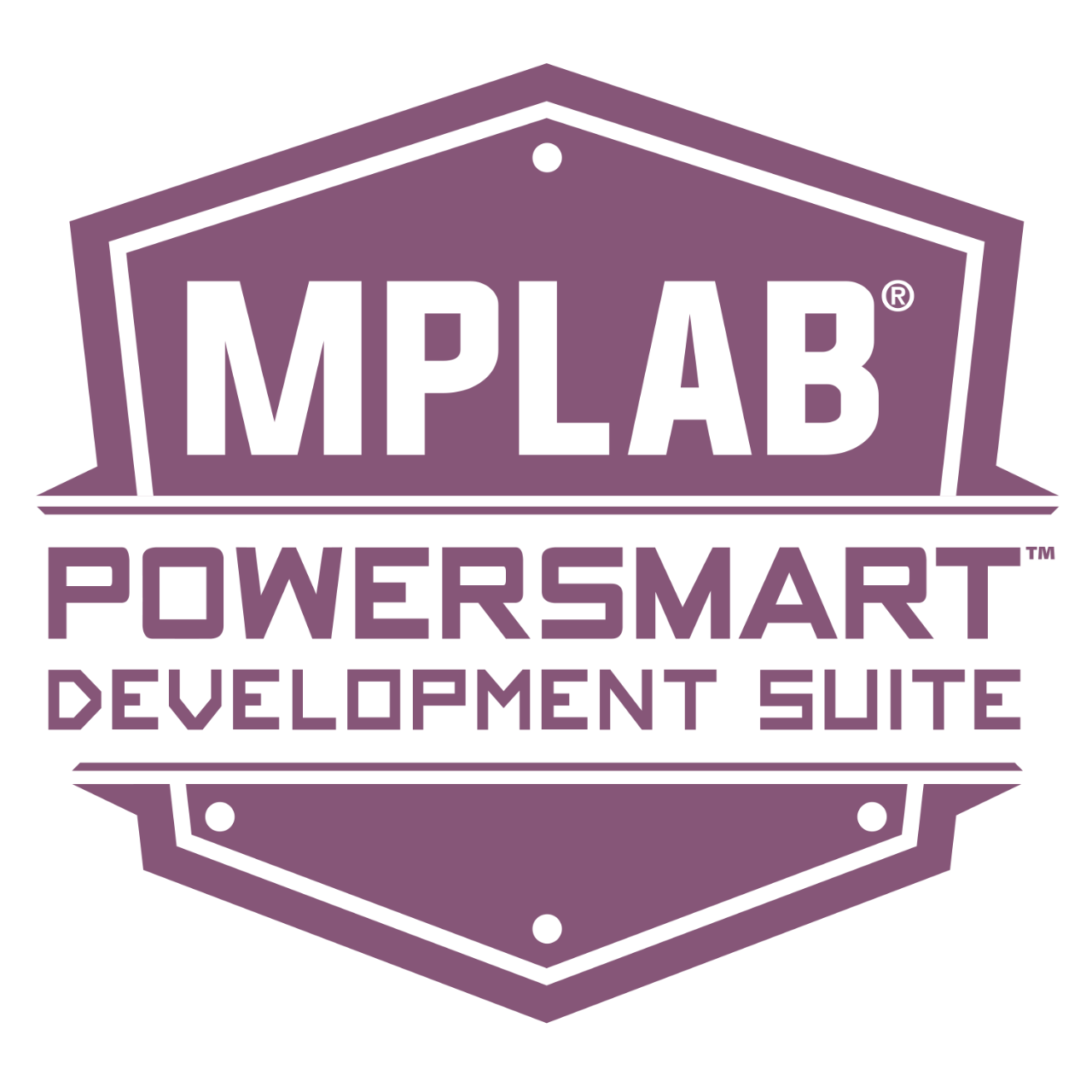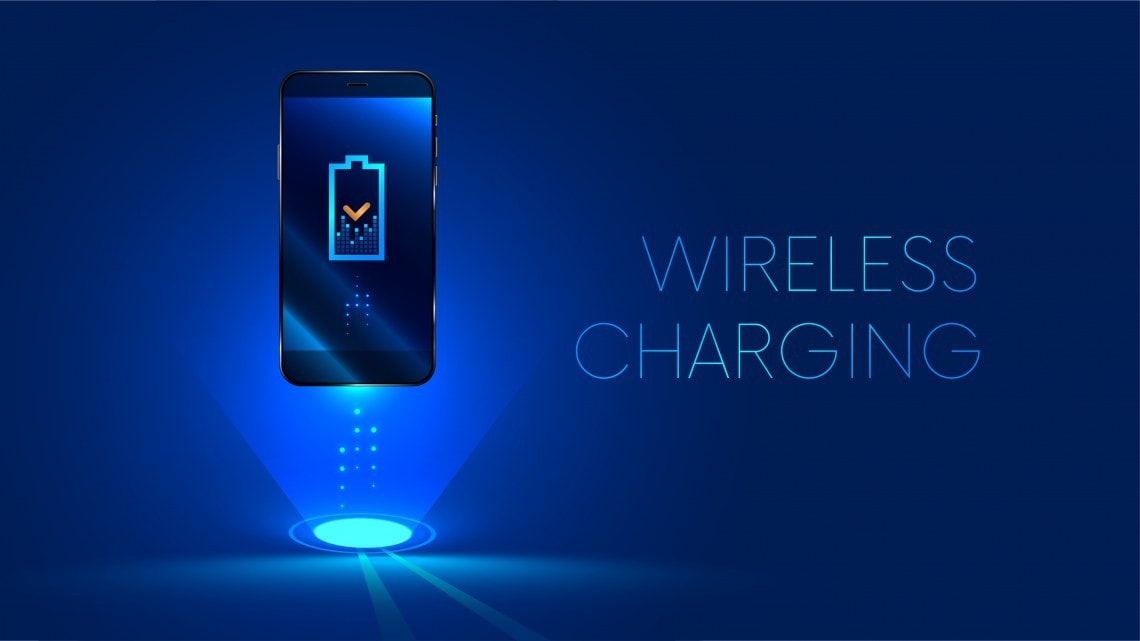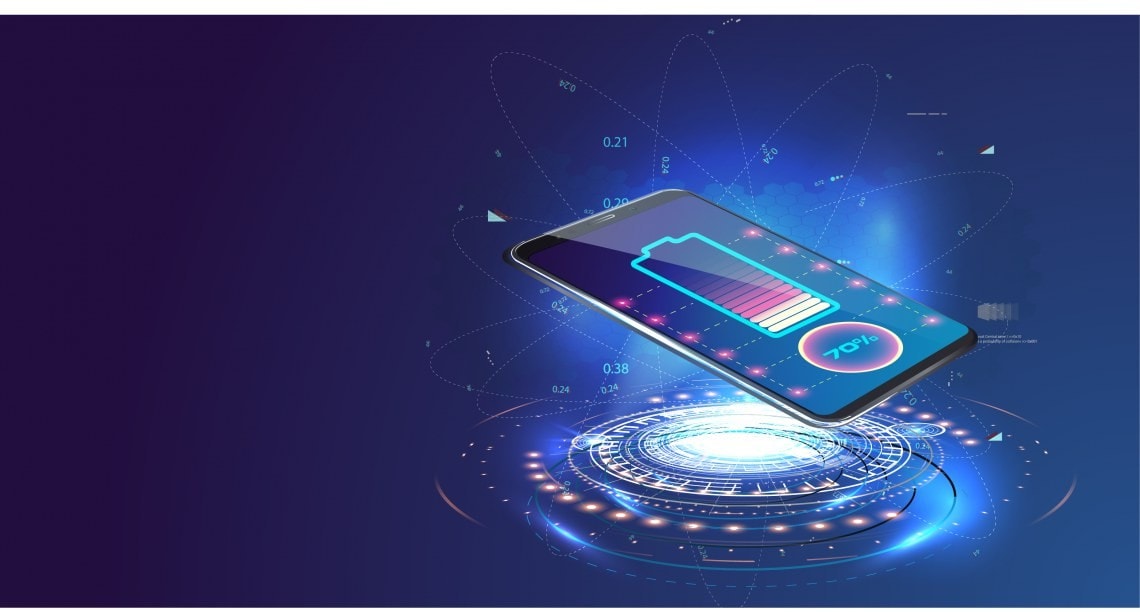Solutions for Varying Power Requirements
Wireless power solutions can energize applications with varying power requirements, from just a few hundred milliwatts to a few kilowatts. Typical power requirements for common applications include:
- A few hundred milliwatts over a large Z distance for applications such as hearing aids and sensors
- 1–5W of charging power for portable applications such as game controllers and portable lighting
- 5–15W for smartphone charging, a major adopter of Qi® wireless charging
- 45–60W for charging laptops, power tools and drones in acceptable amounts of time
- 100–300W for underwater drones, pool lighting and other automotive applications
- Several KW of power for electric vehicles looking to implement wireless power transfer
We can segment applications that require wireless power based on power levels, with each of these segments requiring different approaches and technologies. Intelligent controllers complemented by analog and power components are the foundation of these wireless power solutions. We offer a broad portfolio of controllers and analog power solution to help implement an optimal wireless power system for your application. We also offer transmitter/receiver reference solutions to speed up your time to market. The flexible architecture of these wireless power solutions allows you to customize your system to meet the specific requirements of your end application. Our expertise in wireless power and our global support team enable seamless execution and minimize your time to market.
Wireless Power Designs Made Easy
MPLAB® PowerSmart™ Development Suite
Accelerate the development of your wireless power designs with the MPLAB PowerSmart Development Suite, a user-friendly design ecosystem that eliminates the need to manually write DSP-specific code for dsPIC33 DSCs.

Qi® 1.3 Wireless Charging Authentication and Provisioning Solutions
Learn how to stay on top of the changing landscape within the wireless charging segment with a keen focus on the new requirements surrounding the release of the WPC Qi 1.3 specification.
Wireless Charging Authentication Compliance with the Wireless Power Consortium
Learn what the WPC 1.3 specification requires in terms of security and how to navigate the WPC authentication process.
Our Wireless Power Consortium Qi 1.3 Solutions
Learn how our dsPIC33 devices and secure elements enable a robust and effective implementation of Qi 1.3 for a smooth deployment of the final product.
Wireless Power Solutions
Learn how our controllers and reference solutions provide you with the tools required to execute effective designs.

What’s New in the Qi® 1.3 Wireless Charging Specification and How to Ensure Secure Authentication (Part 1)
This is part one of a two-part blog article. Read this article to learn about the foundational reasons why secure authentication is added to the WPC 1.3 specification.

What’s New in the Qi® 1.3 Wireless Charging Specification and How to Ensure Secure Authentication (Part 2)
This is part two of a two-part blog article. In part one, we discussed the foundational reasons why secure authentication is added to the WPC 1.3 specification. In this article, we discuss how to ensure secure authentication.

Five-Step Process for Triggering the Key Ceremony with the Wireless Power Consortium (WPC) and Qi® 1.3 Specification
This article discusses how to start the key ceremony between Microchip secure elements and the Wireless Power Consortium (WPC) to be compliant with Qi 1.3 specification.